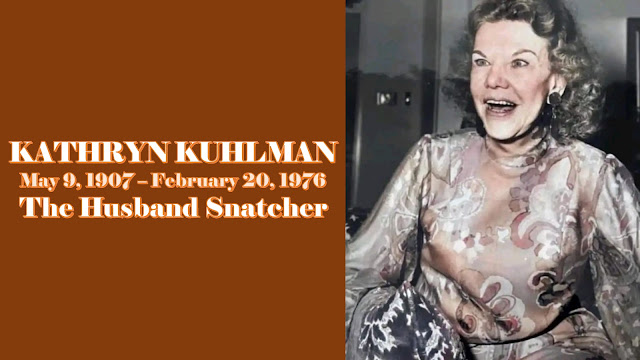NAME IT AND CLAIM IT (PART I)
By Akin Ojumu
Many of you who are going to read this commentary will be quite familiar with the Word of Faith movement. In fact, your religious beliefs have been greatly influenced and shaped by the “Name It, Claim It” doctrinal concept, which is the other name by which the Word of Faith movement is known.
Because you’ve been taught that as a man thinks in his heart so is he, you’ve become steeped in the idea of positive thinking and positive confession. Consequently, you subscribe to the idea that you can create your own realities by the words of your mouth. The way to obtain your heart desire, you’ve been made to believe, is to simply “speak them into existence.”
Over the course of your faith journey, you’ve held on strongly to these beliefs without wavering. Because of the extremely high regard you have for the people from whom you learned these beliefs, it has never once crossed your mind to probe their source and origin. In fact, you believe they are Biblical.
Well, what if I told you that the Word of Faith movement is actually a relatively modern invention that traces its origin to an 18th Century German Physician by the name of Franz Anton Mesmer?
Franz Mesmer theorized that diseases are the result of blockades in the flow of fluid through the body. These blockades, he postulated, could be unclogged by the induction of “crises” (i.e., trance-like states which often ended in delirium or convulsions) in order to restore the harmony of bodily fluid flow.
This therapeutic technique, which was later called mesmerism, was the forerunner of the modern practice of hypnotism. Hypnosis leads to an altered state of consciousness in which the mind is very susceptible to outside suggestion. That susceptibility is what the hypnotist needs in order to modify the behavior of his subject. Many of the techniques used in hypnosis are shared by mystical, philosophical, and religious systems, including the occult (Source: Got Questions).
By now, you are probably wondering, I hope, how mesmerism aka hypnotism transformed into the Word of Faith movement. Well, to answer that question, let me introduce to you the man named Phineas Parkhurst Quimby.
Phineas Parkhurst Quimby was a 19th Century American folk healer and mentalist. He was an ardent follower of Franz Anton Mesmer, and student of occultism, hypnosis and parapsychology. A native of Portland, Maine, Quimby practiced mesmerism (hypnotism) and developed his concepts of mental and spiritual healing and health based on the view that physical illness is a matter of the mind (Source: Encyclopedia Britannica).
Quimby believed that illness in the body originated in the mind and that bodily illnesses could therefore be overcome with the “Truth.” His idea was that, if the mind was corrected of wrong thinking, the body would be cured of its diseases and problems (Source: Got Question).
As Phineas Quimby’s beliefs evolved, they became known as the New Thought spiritual movement, which is a metaphysical cult. Quimby’s theoretical formulation influenced a woman named Mary Baker Eddy who went on to form the Christian Science Church, which, really, is neither Christian nor scientific.
Before delving into some of the core beliefs of the New Thought movement, I think it’s important to understand the genealogical linkages and connections between Phineas Parkhurst Quimby and some of the Fathers of the Word of Faith Movement.
First is E.W. Kenyon, who is considered the grandfather of the Word of Faith movement. Kenyon attended college at the Emerson School of Oratory in Boston where the Metaphysical cults flourished, and he was also heavily influenced by the metaphysical New Thought teachings of Phineas Quimby. Kenyon basically regurgitated what he learned from Quimby. He taught that Christians could obtain health and wealth by positive confession.
Following in the footsteps of E.W. Kenyon was Kenneth Hagin, who is considered the pioneer of the modern-day Word of Faith movement. He was a devoted disciple of Kenyon. In fact, many of the books authored by Kenneth Hagin were plagiarized from E.W. Kenyon’s writings.
Of course, you can trace the doctrinal lineage of many of today’s leaders and heroes of the Word of Faith movement to Kenneth Hagin. Important figures in the movement such as Kenneth Copeland, Benny Hinn, T.D. Jakes, Joel Osteen, Creflo Dollar, Joyce Meyers, Benson Idahosa, Enoch Adeboye, David Oyedepo, Chris Oyakhilome, and many more are all doctrinal offsprings of Kenneth Hagin.
All these heavyweights of contemporary Christianity belong to the genealogical tree of Franz Mesmer, an occultic hypnotist who founded a metaphysical cult. If that doesn’t scare the bejesus out of you, and it doesn’t make you want to re-examine everything you believe, I don’t know what will.
Next time, we’ll examine some of the core tenets of the New Thought movement.



Comments
Post a Comment